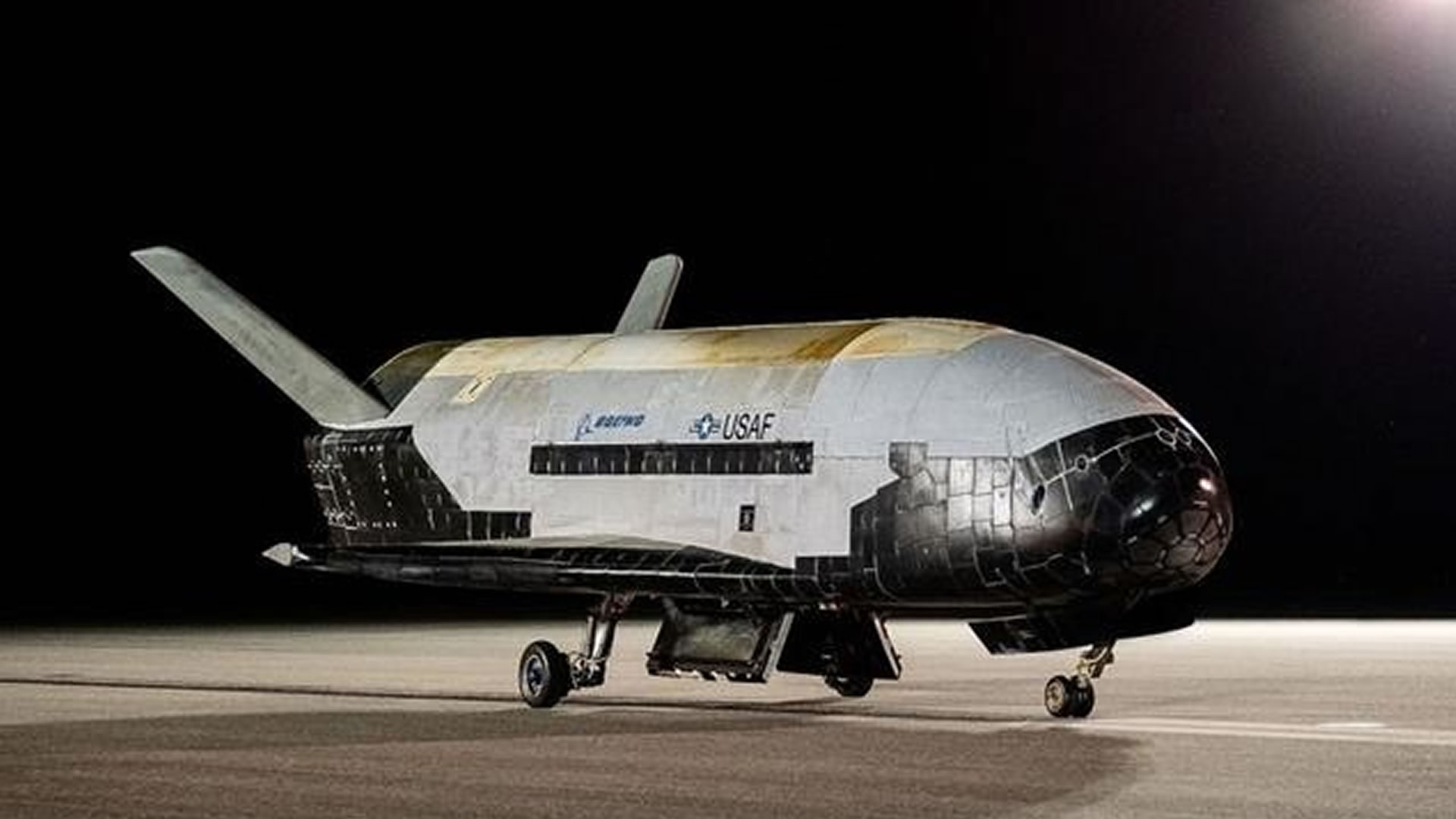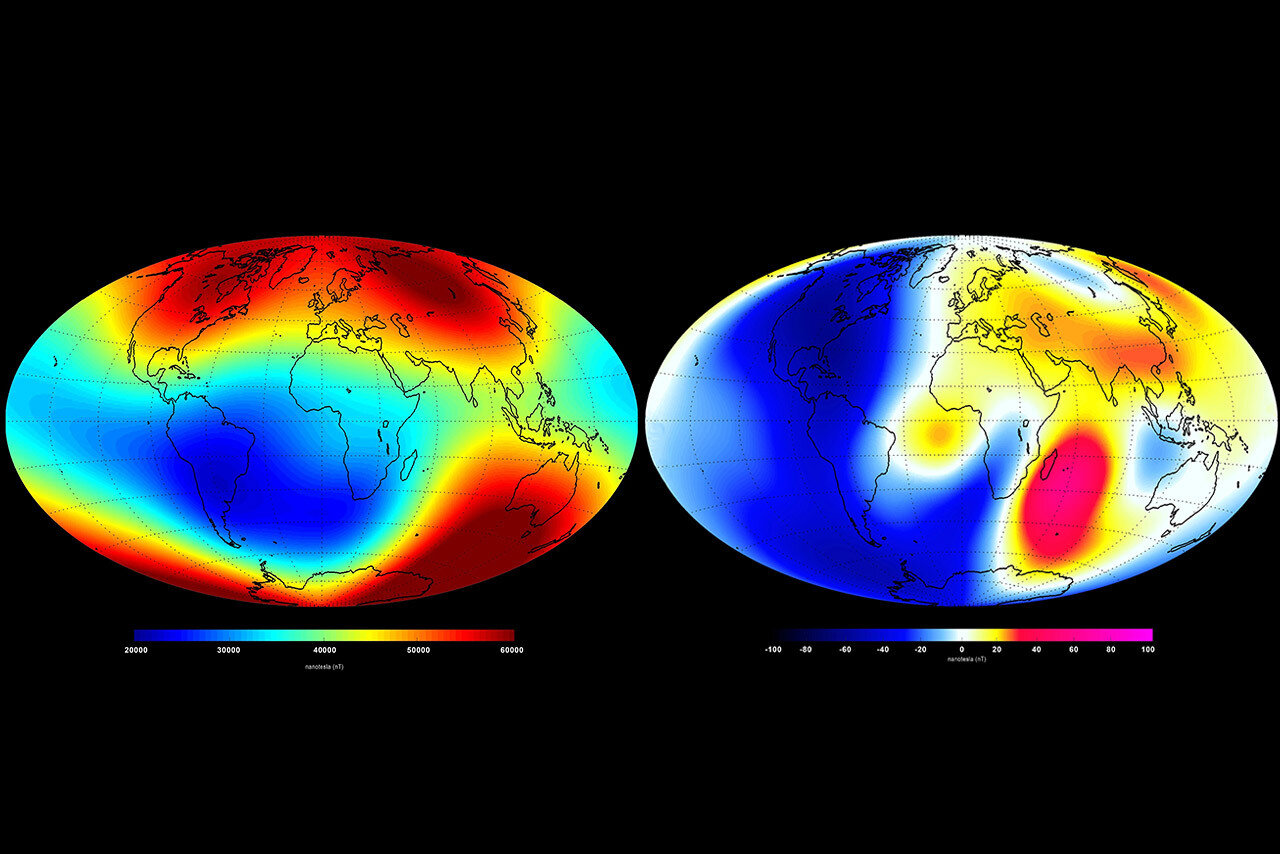China’s secret spacecraft has dropped another mysterious object into space
An unnamed Chinese spacecraft appears to have launched another object into space, according to the US Space Force. The nature of the object is unknown, but it has been given the name 59884 (international designation 2023-195G).
The Chinese spacecraft has been in orbit for more than 165 days, with a new object spotted on May 24. The spacecraft first arrived in orbit on December 14, 2023.
Since then, the space plane has been orbiting the Earth and deploying other strange objects or sending out strange signals. While the nature of the new object is unclear, some, like Jonathan McDowell of the Harvard-Smithsonian Center for Astrophysics, have some ideas.
Chinese space plane launched another object
The spacecraft used the released object for multiple captures as part of in-orbit testing during its second flight.
“A new object (59884/2023-195G) has been cataloged associated with the Chinese CSSHQ spacecraft in an orbit measuring 602 x 608 km x 50.0 degrees. It appears to have been ejected around 24 May 1900 UTC,” McDowell wrote on X.
“This object could be a deployment of subsatellites, or it could be a piece of hardware discarded before the end of the mission and deorbit (the first flight of the spacecraft did something similar). It will be interesting to see if the plane maneuvers or lands soon,” he wrote shortly afterwards.
Understandably, China maintains strict secrecy regarding its space mission. Notably, the country’s space authorities have not released any images or descriptions of the spacecraft.
The only official Chinese report on this activity is a brief launch report issued a few hours after the event. “During this period, reusable verification technologies and space science experiments are planned to be conducted to provide technical support for the peaceful uses of space,” the report said.
What could it be?
Be that as it may, the Chinese space plane is currently on its third mission, and many believe its capabilities are somewhat similar to those of the American X-37B. Both are intended to be reusable spacecraft and represent a significant advance in space technology.
They can potentially reduce costs and increase mission frequency. The spacecraft’s first space flight in 2020 lasted two days, while the second, launched in 2022, lasted 276 days. Both trips to orbit involved launching an object in space.
During the current flight, the spacecraft was performing maneuvers to change its orbit. It initially entered an orbit at a height of 207 miles (333 km) by 261 miles (348 km) inclined at 50 degrees. According to US Space Force Space Domain Awareness data, the spacecraft later increased its orbit to its current 374 miles (602 km) by 378 miles (609 km) through a series of maneuvers.
As for the apparent Chinese inspiration, on December 28 of last year, the Space Force’s X-37B embarked on its seventh mission. It was delivered to orbit by the SpaceX Heavy Falcon.
In orbit, the X-37B apparently entered a highly elliptical and inclined orbit, much higher than previous missions. Beyond that, little is known about the highly secretive and autonomous X-37B reusable vehicle that began flying in 2010.
ABOUT THE EDITORIAL
Christopher McFadden Christopher graduated from Cardiff University in 2004 with an MSc in Geology. Since then, he has worked exclusively in the Built Environment, Safety and Health at Work and Environmental Consulting sectors. He is a qualified and accredited energy consultant, green deal assessor and practicing member of IEMA. Chris’s main interests range from science and technology, military and ancient history to politics and philosophy.














Post Comment